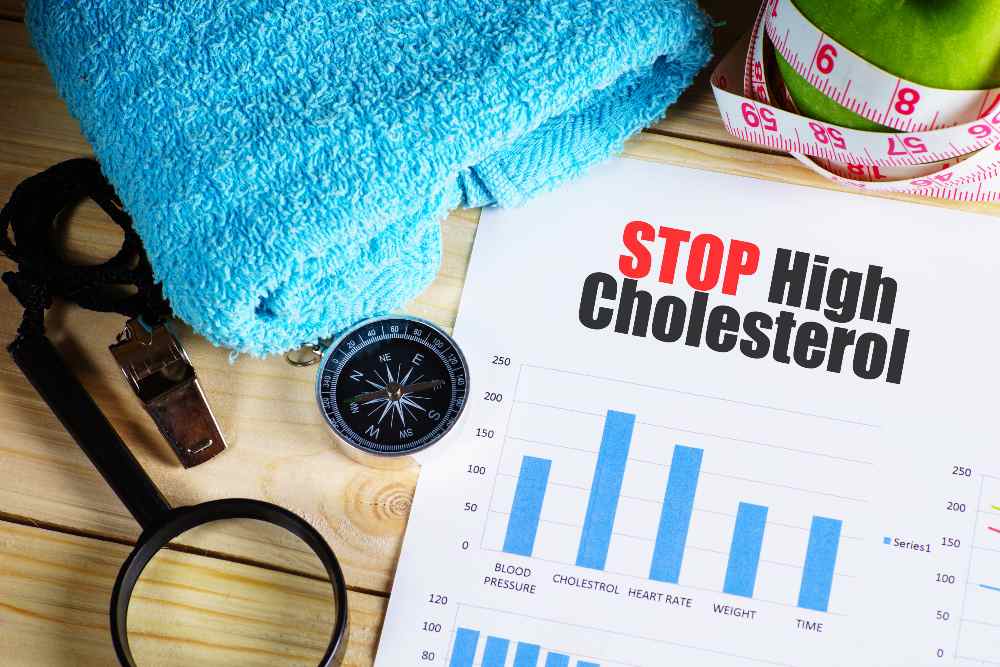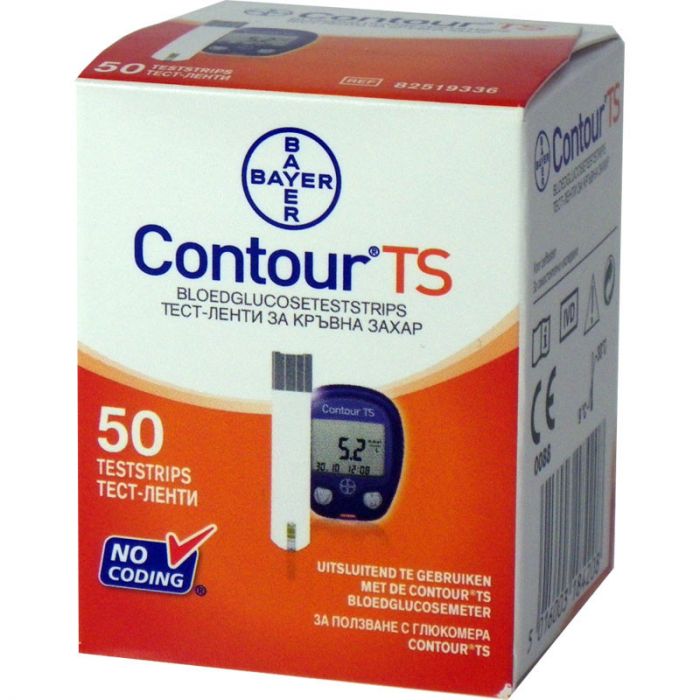Last updated on April 26th, 2024
For millions battling Type 2 diabetes, a carefully crafted diet plan offers a path to reclaiming health. This comprehensive blog delves into the transformative potential of a diabetes reversal diet, exploring its intricacies, benefits, and practical implementation. Discover tips for planning the correct meal plan, an in-depth look at the diabetes reversal diet itself, and the nutrient-dense, low-glycemic foods that can regulate blood sugar levels. But knowledge alone isn’t enough; we provide guidance on the foods that can reverse diabetes, empowering you to make informed choices. Join us on this life-changing journey and download for free our carefully curated diabetes reversal diet plan PDF.

Tips for Planning the Correct Meal Plan to Reverse Diabetes
An ideal diabetes reversal diet plan typically consists of the following components:
Low-carb approach
The diet emphasizes reducing carbohydrate intake, particularly from refined and processed sources like white bread, pastries, and sugary drinks. The low-carb approach helps in regulating sugar levels and promotes healthy weight loss.
Emphasis on high-fiber foods
Foods rich in fiber, such as non-starchy vegetables (e.g., leafy greens, broccoli, cauliflower), berries, avocados, nuts, and seeds, are encouraged. Fiber helps decrease the absorption speed of glucose and makes you feel full for longer.
Read More: Postprandial Blood Sugar(PPBS) Levels, Test and Normal Range
Lean protein sources
The diet includes lean proteins like fish, poultry, eggs, legumes, and low-fat dairy products. These foods have protein and low fat that help in the development of muscle mass that helps in regulating diabetes.
Healthy fats
Fats like monounsaturated and polyunsaturated are healthy and necessary for the body. You get these fats from foods like olive oil, mustard oil, nuts, and fish. These fats can improve insulin sensitivity and provide essential nutrients.
Complex carbs
When carbohydrates are consumed, the focus is on high-fiber, low-glycemic options like whole grains (e.g., quinoa, brown rice, oats), starchy vegetables (e.g., sweet potatoes, squash), and legumes (e.g., lentils, chickpeas).
Controlled Eating
The diet emphasizes proper portion sizes to ensure caloric deficits for weight loss, if necessary. Tracking portions and practicing mindful eating can be helpful.
Proper Hydration
Drinking plenty of water and unsweetened beverages is encouraged to support overall health and aid in weight management.
Limited or avoided foods
Processed and ultra-processed foods, sugary drinks, and refined carbohydrates (e.g., white bread and pastries) should be avoided. Also, foods high in saturated and trans fat and sodium should be best avoided.
It’s important to note that while this is a general outline, a diabetes reversal diet plan should be tailor-made with the help of a dietician/doctor, keeping in mind individual preferences and present health conditions.
Read More: Chart of Normal Blood Sugar Level Age Wise

Diabetes Reverse Diet Plan PDF

Now, we present to you the most awaited reverse diabetes diet plan. This diet plan offers vegetarian and non-vegetarian food options. Choose one food per day from the meal options provided below.
Morning Drink
- A glass of Methi Dana water
- A cup of any herbal tea
- A glass of Tulsi water
- A glass of Neem water
Breakfast
- 2 pieces of besan cheela
- 2 pieces of moong dal dosa with peanut coconut chutney
- 1.5 katori of veggie upma
- 2 pieces of egg/paneer sandwich
Mid Day Snack
- 1 whole fruit like orange, apple, pear, muskmelon, or 5-6 berries
- A glass of buttermilk
- A handful of mixed nuts
- A glass of sattu water
Lunch
- A katori of cooked rice + a bowl of mixed sprouts and green salad + a katori of mixed veg sabji + a katori of any dal of your preference
- 1.5 katori of vegetable pulao + 1 katori of sprouts
- 2 pieces of jowar bajra mixed flour rotis + 1 katori of paneer/egg bhurji + 1 katori of any sabji of your choice
- 2 multigrain rotis + 1 katori of paneer/chicken/paneer curry + 1 bowl of green salad
Evening Snack
- A small katori of roasted chana
- A glass of coconut water with a spoon of chia seeds
- A handful of mixed trails
- A glass of buttermilk
Dinner
- 1.5 katori of foxtail millet pulao + a katori of sprouts
- 2 pieces of multigrain rotis + a katori of any seasonal sabji of your choice + a katori of vegetable salad
- 1 katori of cooked rice + a katori of paneer/chicken/fish curry
- 2 pieces of moong dal idlis + a katori of sambar + 1 tablespoon of peanut coconut chutney
Read More: Top 10 Home Remedies For Diabetes
Foods to Reverse Diabetes
Although we have provided a comprehensive diet plan, you may choose to follow the one we provided above. Here are some particular foods to reverse diabetes. However, please note these aren’t any magical foods that will automatically control your diabetes. To make these foods do wonders for you, you’ll have to adopt some lifestyle changes. Here is the list:
- Veggies like broccoli, cauliflower and cabbage
- Pumpkin and its seeds
- Nuts like walnuts, almonds, cashews, peanuts, etc.
- Seeds like chia, flax and safflower
- Beans and legumes
- Lentils
- Low GI fruits like berries, melons, apples, pears, etc.
- Low-fat dairy products like buttermilk, curd/yoghurt
- Lean protein sources eggs, fish, and soybeans.
- Fiber-rich foods like green veggies and beans of all kinds.
Read More: Manage your increased HbA1c level by 2%
Benefits of Type 2 Diabetes Reversal Diet Plan

Following a Type 2 Diabetes Reversal Diet Plan can offer several significant benefits for individuals with type 2 diabetes. Here are some key advantages:
Improved blood sugar control
This diabetes reversal diet is designed to help regulate blood sugar levels by emphasizing nutrient-dense, low-glycemic foods. The foods included are rich in essential nutrients like fiber, lean proteins, healthy fats, etc. The foods included can help reduce abrupt spikes in blood sugar and prevent potential diabetes-related complications associated with uncontrolled diabetes.
Weight loss
Diabetes reversal diets promote a caloric deficit and emphasize whole, unprocessed foods, which can lead to weight loss. Losing excess weight, particularly around the abdomen, can improve insulin sensitivity and reduce the body’s resistance to insulin, potentially reversing or better managing type 2 diabetes.
Reduced medication dependence
By adopting any diabetes reversal diet and achieving better blood sugar control, some individuals may be able to reduce or even eliminate their dependence on diabetes medications, such as metformin or insulin injections. However, this should always be done under the supervision of a healthcare professional.
Reduced risk of complications
Uncontrolled high diabetes gives rise to various complications, including eye (retinopathy), nerve damage (neuropathy), kidney disease (nephropathy), and cardiovascular issues. By following the diabetes reversal diet, you will surely improve your blood sugar management and lessen the risk of these complications.
Improved overall health
The diabetes reversal diet typically emphasizes nutrient-dense, whole foods that are rich in beneficial nutrients and healthful compounds. This can promote overall health by supporting a healthy gut microbiome, reducing inflammation, and providing essential vitamins and minerals.
Increased energy levels
Stable and controlled blood sugar and enhanced insulin sensitivity can promote more consistent energy levels throughout the day, reducing the fatigue and lethargy often experienced by individuals with uncontrolled diabetes.
It’s important to note that while a diabetes reversal diet can be highly beneficial, it should be tailored to individual needs and implemented under the guidance of an experienced doctor/dietician. Consistent lifestyle changes, including regular physical workouts and stress management, can further multiply the benefits of the diabetes reversal diet.
Read More: Control High Blood Sugar with these Ayurvedic Remedies
Conclusion
The journey to reverse Type 2 diabetes through a strategic diet plan demands commitment and perseverance, but the rewards are invaluable – a life unencumbered by managing diabetes and renewed vitality. Throughout this reverse diabetes diet plan PDF and blog, we’ve explored the intricacies of a diabetes reversal diet, its benefits beyond blood sugar control, and the specific foods to incorporate or avoid. Embrace this transformative experience as a lifelong commitment to nourishing your body. Surround yourself with support, celebrate milestones, and remember that every step of yours towards a healthier life is a victory. Together, we can overcome the challenges of Type 2 diabetes and reclaim the vibrant, fulfilling life you deserve. We’re here to support your success.
Read More: Know About Homeopathic Medicine, Remedies to control High Blood Sugar
FAQ’s (Frequently Asked Questions)
Some drinks may help in reducing blood sugar levels. These include:
– Methi dana water
– Neem water
– Gooseberry seed powder mixed with water
– Herbal teas
– Herbal smoothie
Naturally, controlling diabetes involves undertaking some lifestyle modifications, like following a properly curated diet plan and engaging in strength and muscle-building workouts. Also, you do stress management and stay properly hydrated. Consulting with your doctor will give you more clarity as they will properly assess your present health conditions as well.
The best breakfast options for diabetics should include:
– Besan cheela
– Vegetable oats/upma
– Moong dal dosa/idli
– Vegetable stuffed rotis
– Porridge oats, etc.
The top foods that diabetics should avoid are:
– Sugar-laden drinks
– Mithais
– Bakery items
– White processed foods which have maida and sugar
– Starchy veggies
– Dried and dehydrated fruits
– Fruit juices of all kinds
– High GI fruits
– Honey and related products
– Packed cereals
Disclaimer
This site provides educational content; however, it is not a substitute for professional medical guidance. Readers should consult their healthcare professional for personalised guidance. We work hard to provide accurate and helpful information. Your well-being is important to us, and we value your feedback. To learn more, visit our editorial policy page for details on our content guidelines and the content creation process.

 English
English












